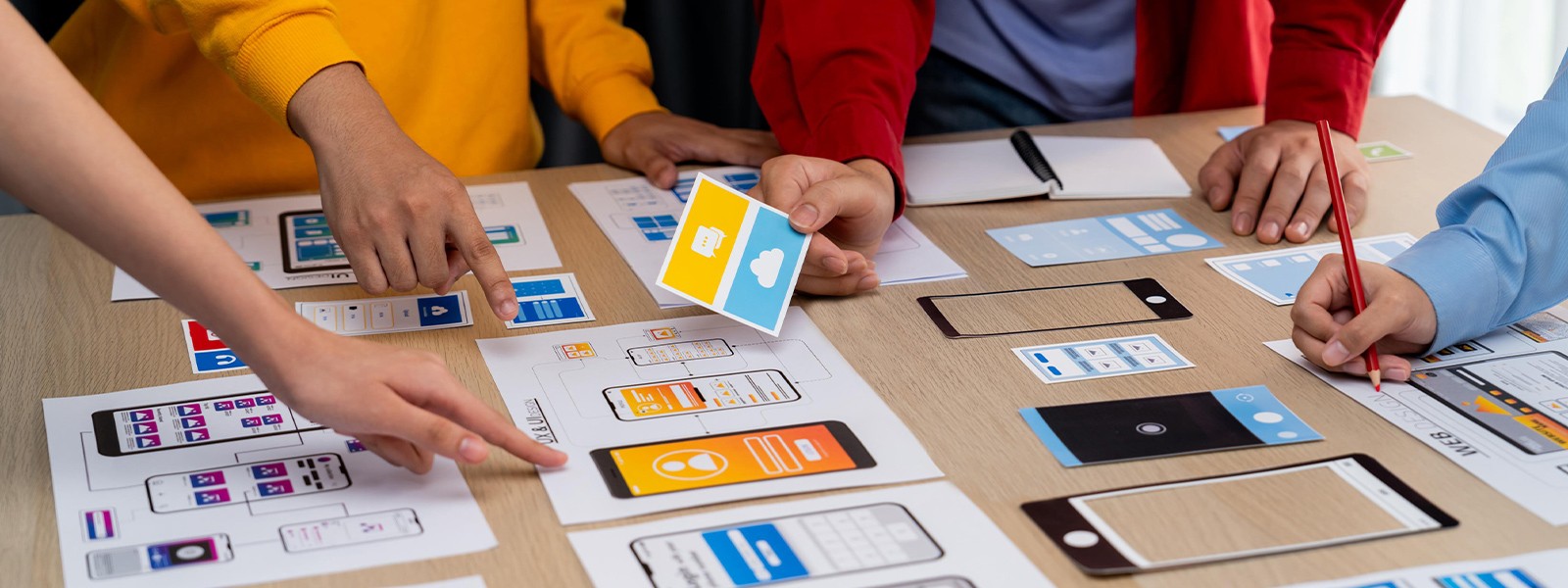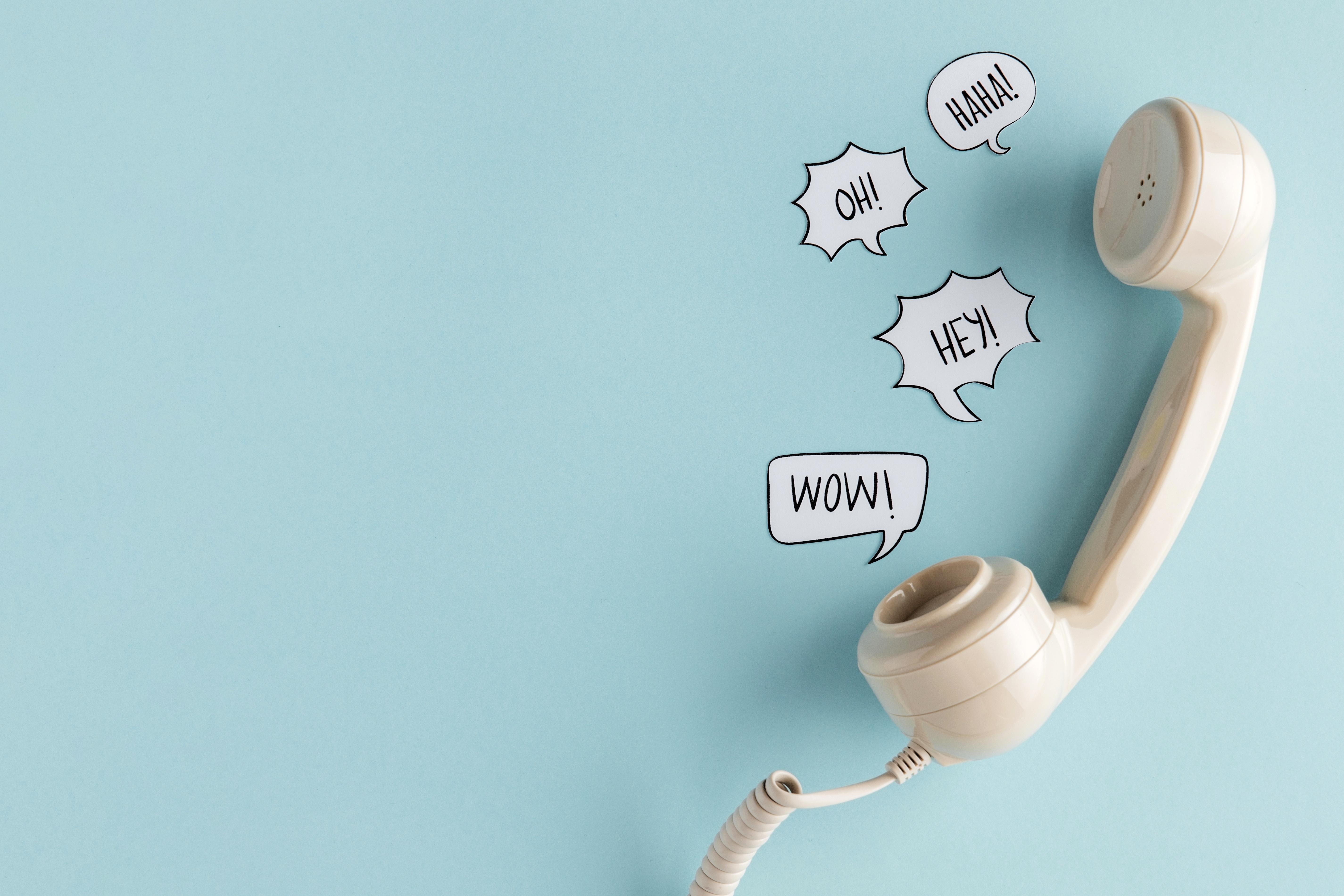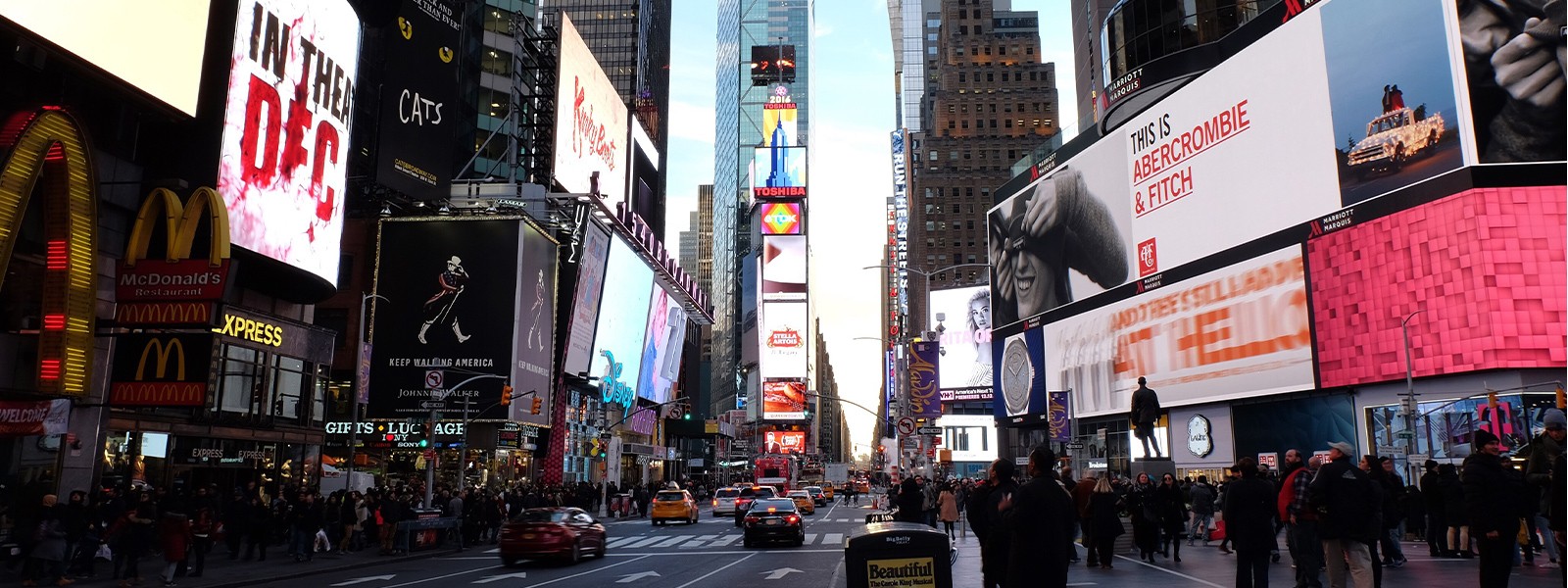Design
/
Taze Creative
Imagine this: after dedicating years to developing your product, you're finally ready to introduce it to the market. But what should your launch strategy be? Should you focus on traditional offline marketing, or expand your digital presence? In today's world, where a large portion of the population is online, neglecting the digital audience isn't an option. So, how do you engage with these potential customers? You need a website or app that delivers a seamless user experience, one that not only engages visitors but also converts them into customers.
Research indicates that a staggering 88% of online users abandon websites that provide a poor user experience. That’s a significant number of lost opportunities. This is where a professional UX design agency can step in.
So, what’s your next step? You should start the quest for the best UX design agency. They'll help you create a website or app that's not just aesthetically pleasing, but also intuitive, user-friendly, and drives results.
As the demand for UX design services grows, so does the number of agencies. This can make selecting the best option feel overwhelming. However, once you’ve identified your objectives, it becomes easier to find the right fit.
The importance of UX design agencies has skyrocketed. While some might argue the merits of hiring a single web designer instead of a full team, UX agencies clearly lead the way when it comes to delivering a seamless user experience.
These agencies excel at identifying users' pain points and employing innovative strategies to design hassle-free interfaces that will help solidify your brand’s presence in the market.
During your search for a reputable UX design agency, you'll come across a flood of information. With countless online ads and companies claiming to be the best, should you trust their bold claims? No, it’s essential to find an agency that aligns perfectly with your business needs.
This blog will guide you through key tips to help you make the right choice.
A UX design agency specializes in crafting user-friendly digital interfaces. Their expertise goes beyond simply designing visually appealing websites or applications—they focus on understanding the needs of the user and making those needs the focal point of their development process. Their workflow typically includes:
User Research and Understanding: Gaining insights into the target audience's behaviors, preferences, and pain points.
Designing Aesthetically Pleasing Websites or Applications: Creating visually engaging and intuitive interfaces.
Prototyping and User Testing: Developing and testing prototypes to ensure optimal user experience before launch.
User Experience (UX) Strategy: Formulating a strategy that aligns with both user needs and business goals.
Collaboration and Communication: Working closely with stakeholders to ensure alignment throughout the design process.
In short, a UX design agency helps boost your brand's presence in the digital landscape by providing seamless, user-centered experiences.
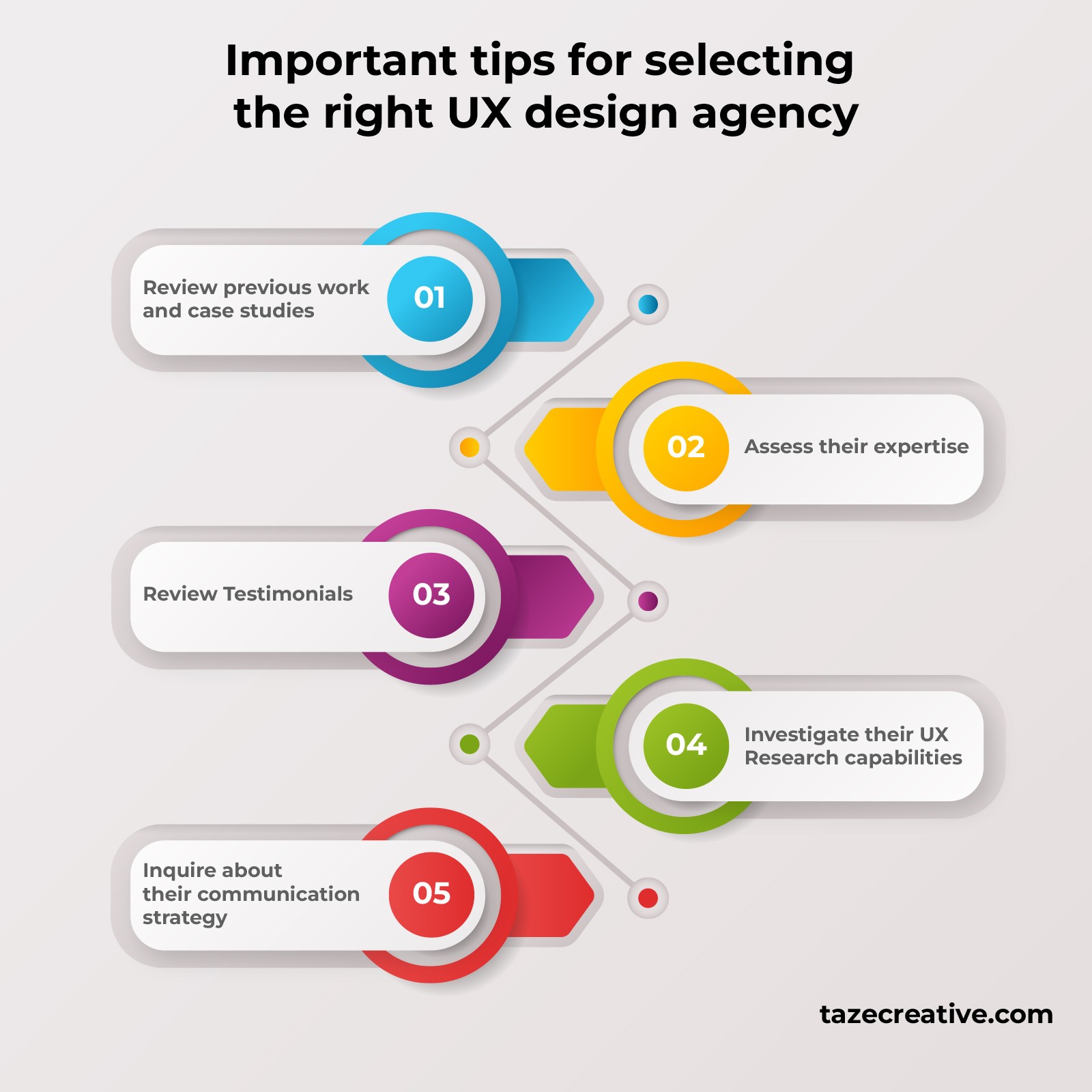
Guidelines for Picking the Right UX Design Agency: What You Need to Know (Infographic)
1. Expertise, Case Studies, and Portfolio
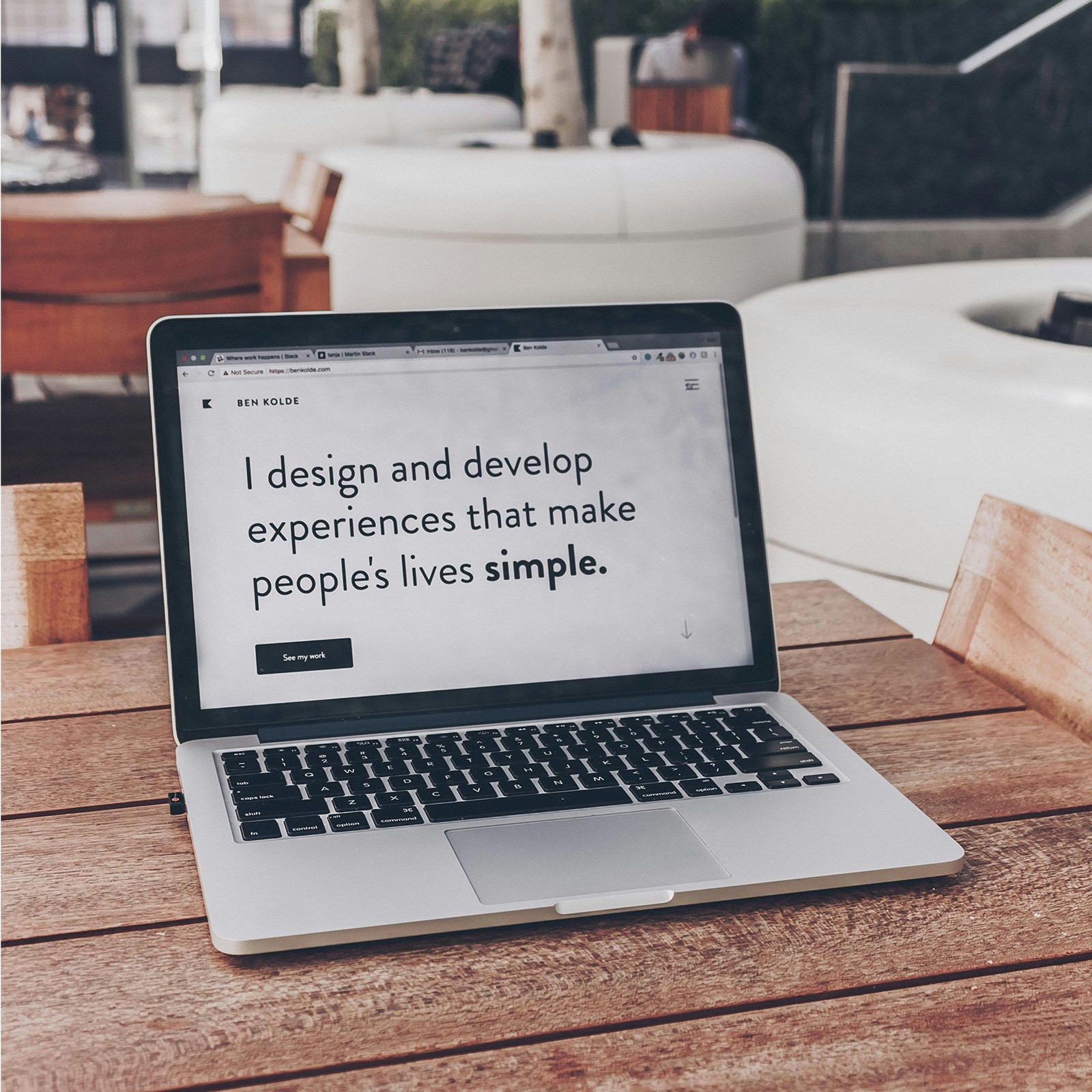
When selecting a UX design agency, it's crucial to assess their expertise. A confident agency will proudly showcase their work, often through a comprehensive portfolio on their website. This portfolio serves as a testament to their capabilities and can give you insight into whether they've handled similar projects to yours.
The key factor to look for when choosing a UX design agency is their case studies. These case studies, along with their portfolio or past projects, should demonstrate more than just attractive user interfaces—they should highlight the agency’s critical problem-solving abilities.
A solid case study should provide a detailed, step-by-step account of the design process, including the challenges they encountered and how they overcame them. When reviewing a UX design company’s portfolio, be sure to evaluate the number of projects they've completed, some of their design inspirations, and the overall quality of their work.
2. Estimate their Expertise

It’s essential to determine if the UX design agency’s expertise aligns with your business needs. This ensures the agency will grasp your industry, understand your target audience, and effectively address your unique challenges.
While many agencies may claim expertise in certain niches, it's crucial to verify if their experience truly fits your specific requirements. In UX design, a one-size-fits-all approach doesn't work. The agency should tailor their process based on your specific objectives.
Agencies with experience across various industries will often have a more diverse portfolio and can bring a more creative, well-rounded perspective to your project.
3. Review Customer Feedback
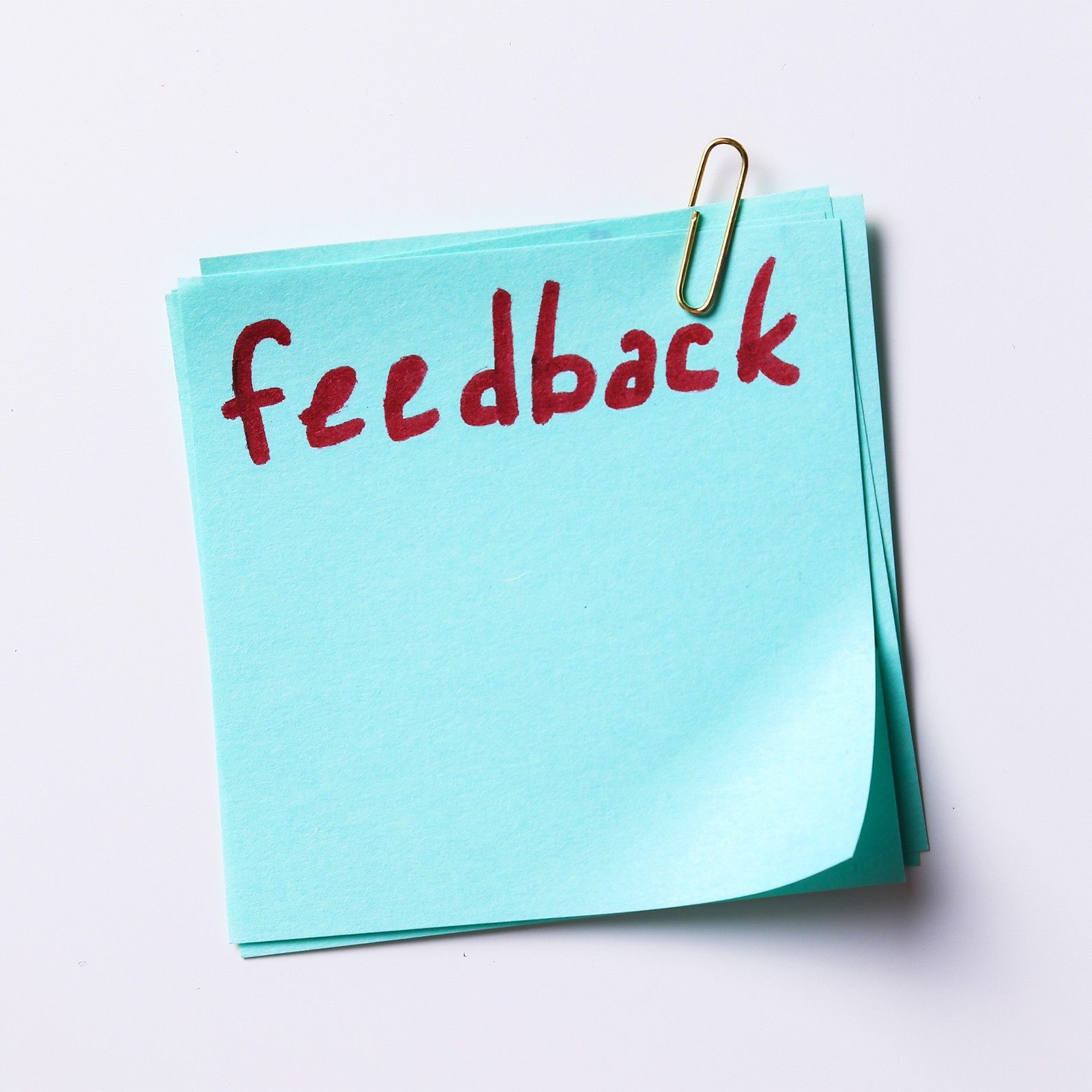
Customer testimonials and reviews are valuable resources when evaluating a UX design agency. Check the agency's website, social media profiles, and third-party platforms like Google Reviews for insights. If possible, reach out to previous clients—either directly or through LinkedIn—to learn more about the agency’s design process and overall credibility.
This feedback will help you gauge the agency’s strengths, weaknesses, work ethics, and reputation. Additionally, compare reviews of multiple UX design agencies to find one that best aligns with your specific needs and goals.
4. Ensure they Conduct UX Research
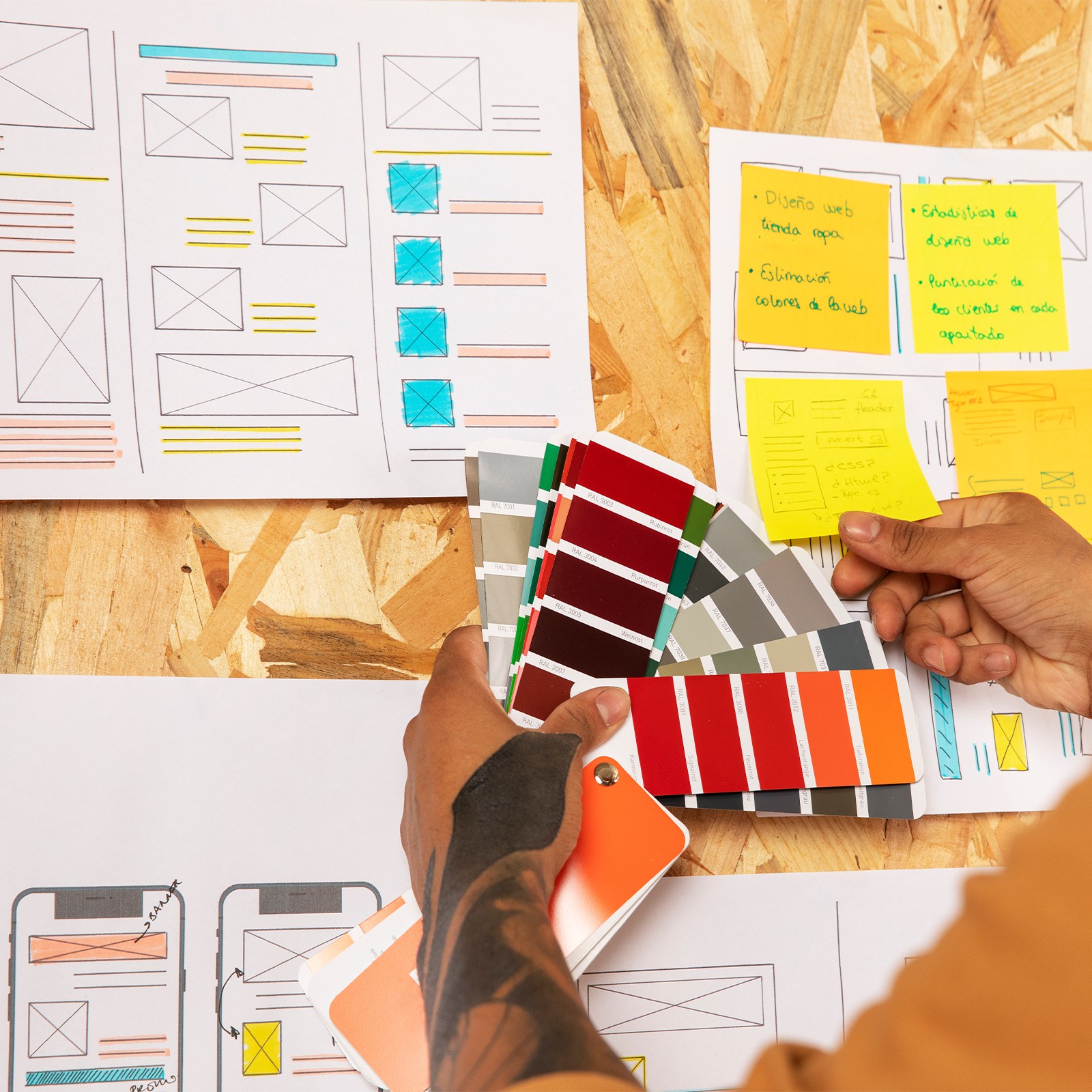
User research is a critical component of the UX design process. By thoroughly understanding users, the design decisions become more informed, saving both time and money in the long run.
Despite common misconceptions, UX research doesn’t have to be expensive. Ensure the UX design agency not only conducts research but also values the insights gained and incorporates them into their design process.
A reputable UX agency will address key touchpoints essential for building a user-friendly and intuitive website. You can assess this by reviewing their case studies or asking about their approach in past projects.
Additionally, a professional agency will ask detailed questions to better understand your needs before starting your project. The client’s perspective should be central to their workflow, so verify if they operate with this focus.
5. Transparent Communication Process

Effective communication is crucial for a successful UX design process. To accurately convey your business needs and understand your users, continuous collaboration and clear communication with the agency are essential.
A professional UX design agency should provide a Single Point of Contact (SPOC), who will keep you informed about the project's progress. This person is responsible for addressing any questions and ensuring concerns are resolved promptly.
Clear communication not only enhances work efficiency but also fosters trust. When you're relying on a third party to help build your brand in the digital space, a well-established line of communication is pivotal.
To determine if an agency maintains transparent communication, observe their responsiveness from the first time you reach out. They should be proactive and willing to address all your concerns. Professional agencies typically follow a structured protocol, asking insightful questions to ensure they capture all key considerations when designing your website or app, effectively turning your vision into reality.
Your business’s UX design needs are unique, so it's essential to contact the UX design agency and ask specific questions, particularly regarding pricing and budget. Scheduling a one-on-one meeting with the agency will help you determine if they can meet your business requirements.
Agencies may offer different pricing models, such as hourly rates or fixed prices, depending on your project’s scope. Be sure to discuss any potential additional costs, and clearly communicate your timeline and expectations.
A professional UX design agency will take the time to understand your project needs, prepare a detailed proposal, and provide transparent pricing upfront. You can then compare multiple agencies to choose the best fit.
Questions to ask when choosing a UX design agency: a checklist
While knowing the right tips is essential for choosing a UX design agency, asking the right questions is equally important. These questions will help you streamline your options and find the best fit for your project. Below are key questions to consider:
Understanding your needs
What are my primary goals for this UX design project? (e.g., increasing conversions, improving user engagement, simplifying navigation)
What specific challenges are users facing with my current website/app?
What is my budget for this project?
What is my desired timeline for completion?
Evaluating agencies: general experience
Can you walk me through your typical UX design process for a project like mine?
How do you ensure close collaboration with clients throughout the project?
What is your communication style (e.g., regular meetings, use of project management tools)?
Do you have experience working with businesses in my industry?
Evaluating agencies: team expertise
Can you provide examples of recent projects where your team’s expertise led to significant results?
Can you share the specific experience and qualifications of the team members who will work on my project?
Does your team stay updated on the latest UX design trends and methodologies?
Evaluating agencies: project approach
How will you incorporate user research into the design process?
What methods do you use for user testing and gathering feedback?
How do you handle revisions and iterate on the design based on feedback?
How will you measure the success of the UX design (e.g., through user metrics, conversion rates)?
Additional considerations
Can you provide references from past clients in a similar industry?
What is your typical pricing structure for UX design projects?
Do you offer ongoing maintenance or support services after the project is completed?
Bonus tip
Be prepared to share your project brief and any relevant details about your target audience and business goals.
The impact of UX design is tangible and measurable, so ensure your chosen UX design agency can demonstrate the return on investment (ROI) from their efforts. Ultimately, you want a reliable partner with a diverse team that’s dedicated to solving your users' problems and driving business growth.
Selecting the right UX design agency is crucial, as it directly influences your digital product’s success. By considering the factors outlined above, you'll be better equipped to find an agency that aligns with your business goals and delivers an outstanding user experience.
The Taze Creative is a trusted UX design agency with a solid reputation for helping brands stand out through effective UX design.
If you're ready to make your brand stand out, connect with us today!
